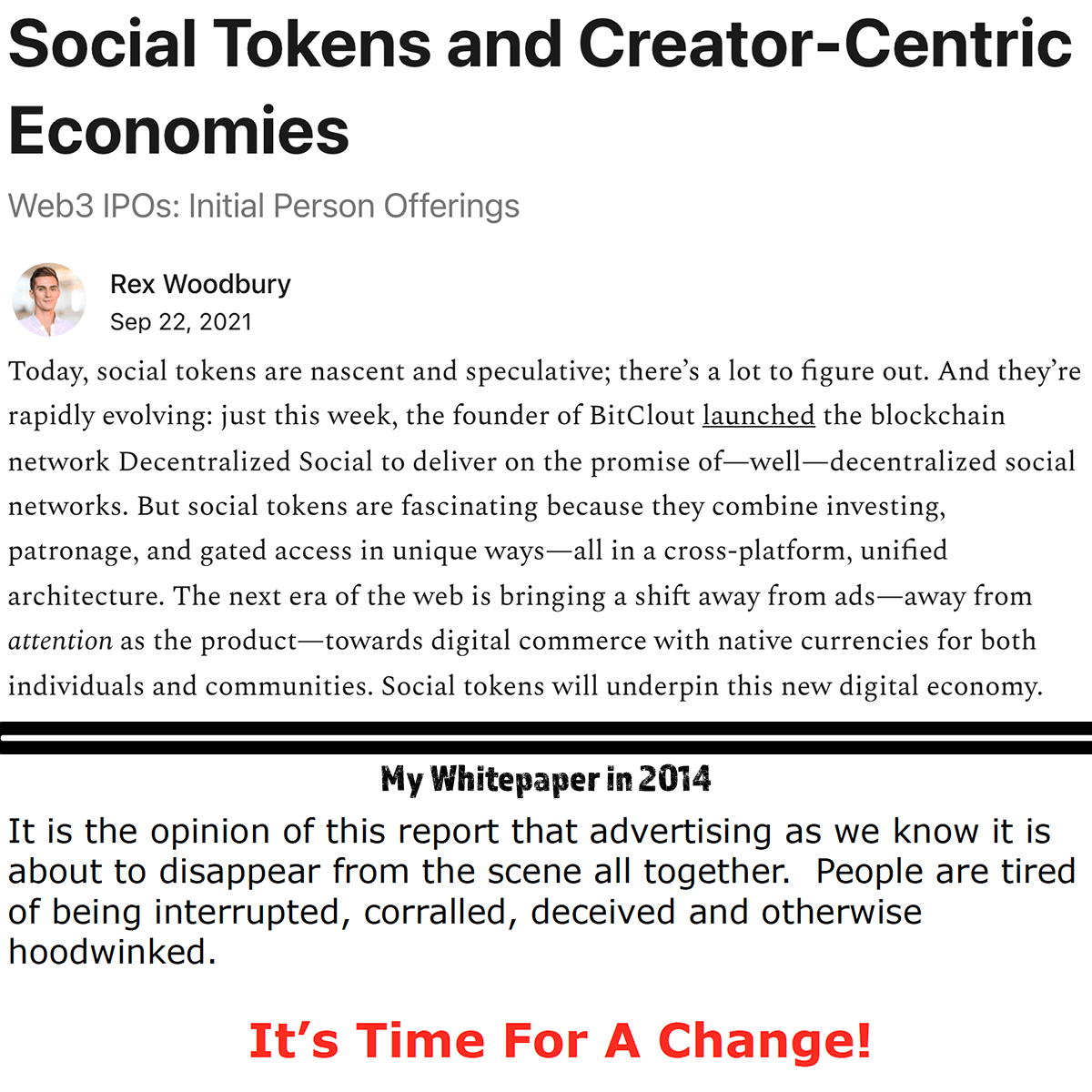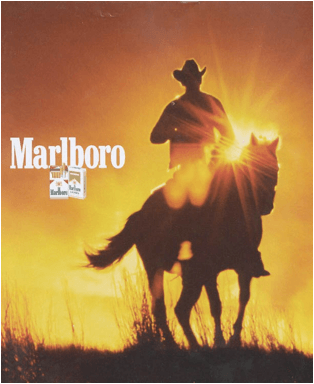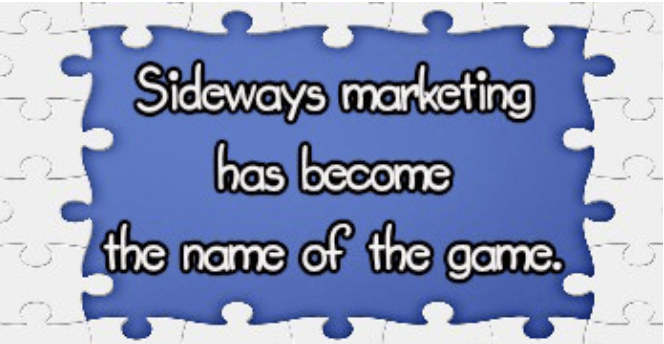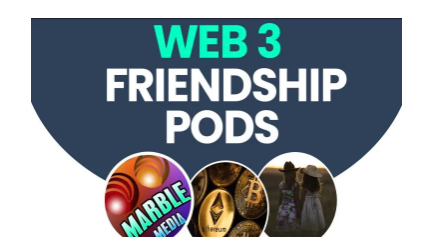The Emerging Death of Advertising

The following graphic is a recent blog post on top and a clip from my Story Integrated Marketing® whitepaper from
2014
and the text is also from that report, predicting the coming impact of social tokens and crypto-communities.

Wow we could talk a lot about this subject, don’t you think?
Advertising has been on a journey for well over a hundred years. President Calvin Coolidge gave advertising one of its first initial nods in his 1926 speech when he said: “Advertising ministers to the spiritual side of trade. It is a great power that has been interested to your keeping which charges you with the high responsibility of inspiring and ennobling the commercial world. It is all part of the greater work of regeneration and redemption of mankind.”

VS

Advertisement at this point reached a culturally recognized point of social integration, much like the church in the early centuries.
From Benjamin Franklin’s Pennsylvania Gazette which reached out to readers with devices like headlines, illustrations and advertising, to video ads you can skip after 5 seconds on YouTube. Advertising has a legacy all its own.
By one commonly used measure, total advertising volume in the US grew from about $200 million in 1880 to nearly $3 billion in 1920. (http://historymatters.gmu.edu/mse/ads/amadv.html)
While medicine hustlers and other swindlers manifested in the late 1800’s and early 1900’s, legitimate ad agencies were getting their foothold developing “unwritten” brand guidelines, methodologies and approaches to advertising. Then in 1966, Claude Hopkins wrote “Scientific Advertising” and advertising became a measurable asset of predictable cause and effect based revenue potential available to everyone.
Advertising during its inception stages was intended to convince the consumer to buy on the spot. But as advertising has matured, it’s receded further and further into the background of sales and has now become nothing more than the very front end of a marketing/sales funnel intended to nurture and feed the customer for some time before even attempting a sale.

The Mad Men advertising guru’s of the 1960’s enjoyed celebrity status and high society lifestyles on the coat tails of advertising as they perfected the psychological influences of marketing on the tv screen, across radio waves, on billboards, in magazines and newsprint.
During this time advertising became synonymous with branding and recognition.
My understanding is that Marlboro during the brilliant days of the Marlboro Man, as pioneered by Leo Burnett and Jay Conrad
Levinson made it a goal for the average American to see the Marlboro logo at least one hundred times a day.
Coca-Cola was probably one of the first consumer products to successfully romance an entire nation with an endearing love for a product. Saturating the military ranks overseas with cases and cases of the cool refreshing beverage locked them into a perception of the “All American” drink still thriving today.
And then along came Internet advertising and all the strategies currently deployed around what has been coined as “Inbound Marketing,” adding value to a prospect so they will be magnetically attracted to your product or service and leveraging automation to repeat that message by tailoring outbound emails to click-behavior as well as aligning those value-laced incentives through targeted social channels.
With the advent of Internet marketing, inbound marketing, and email automation the entire landscape of advertising has shifted from an interrupt dependent platform to one of “Oh, by the way.”

Sideways marketing has become the name of the game. Induce people to love your lead magnet or giveaway so you can collect
an email and then deploy the latest technology to broadcast established marketing strategies, heightening consumer emotions through a series of interactions. Now swell that emotion behind a great big wall of anticipation, to push it
over the top with a stack of bonuses that would made a clown cry. Then all at once pull the pin allowing the doors to swing wide open with a product launch where prospects are cooed into a limited time-frame to make their purchasing decision. Whew… it’s laborious just typing it all out.
Even this report was based on a template procured through the above process. EWF Marketing acquired Rich Schefren’s report writing strategy as a bonus to the Video Genesis product put out by Andy Jenkins and Mike Filsaime. Yes, the inbound marketing process works on many levels, but guess what?
It too is burning away faster than you can say “light out!”
This trend experienced an evident downturn when marketing guru Frank Kern published his free book: “How I Created $175,000.00 Per Month Consulting Business in 90 Days” publicly declaring he was abandoning “traditional” Internet Marketing profiteering for a more lucrative and less cumbersome path with high paid consulting gigs.
Across time, advertising has migrated from asking people to buy right off of an ad to influencing them with the use of a “nurture funnel” to asking them to go through a “qualification process” to see if you will allow them to work with you or buy your product, which is kind of how Frank’s process works.
All these approaches have had their day in the sun, but as with everything, they too have faded or are fading.
It is the opinion of this report that advertising as we know it is about to disappear from the scene all together. People are tired of being interrupted, corralled, deceived and otherwise hoodwinked.

New Paragraph




